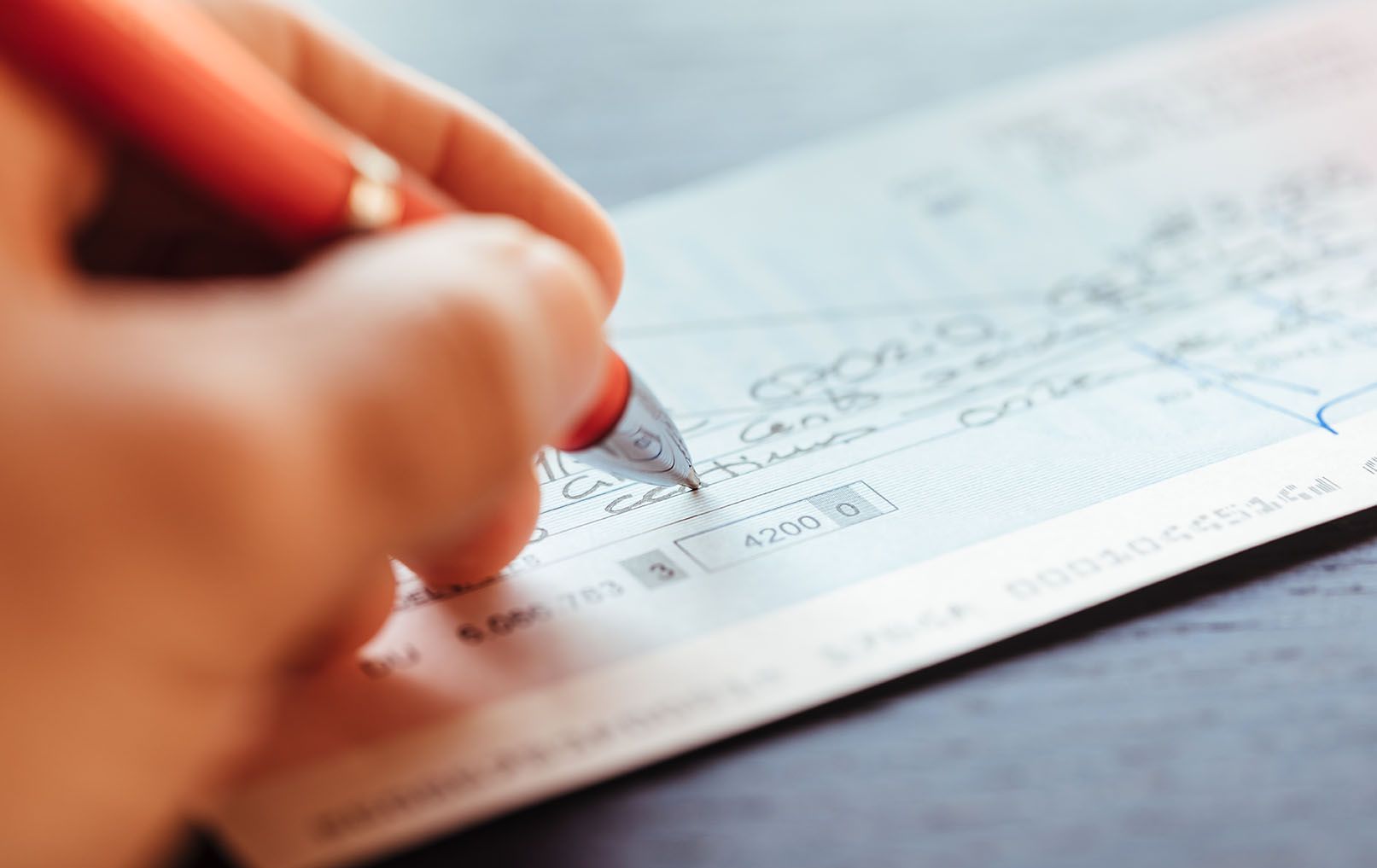
For the most part, your mail is probably pretty uninteresting but it’s important to stay vigilant because a fake check could arrive in your mailbox and you don’t want to fall victim to this particular type of fraud.
In a fake check scam, a person you don’t know will ask you to deposit a check and send money back to them. These checks will either be phony, meaning they were created on a computer and printed out, or real, meaning they were stolen and forged. Remember to never cash a check that arrives out of the blue, and definitely don’t wire part of the payment to someone else. Below is helpful information to help you learn about the different types of fake check scams, how to spot if a check is fake and how to protect yourself from falling victim to a scam.
Types of Fake Check Scams
There are several different types of scams that use fake checks. Here are 3 examples:
- Overpayment. A scammer “accidentally” sends you a check, which overpays for an item that you sold them on the Internet. They will then ask you to refund the excess funds back to them, only for you to find out that their check you deposited is fake.
- Claiming prizes. With this fake check scam, a scammer will contact you claiming that you have won a foreign lottery or sweepstake. You are given a check, which represents a portion of your winnings, and then asked to wire-transfer money back to cover taxes, shipping and handling charges or processing fees so you can collect the rest of your winnings. Remember, winners of real prizes are notified by certified mail and never have to pay to receive their winnings.
- Work-at-home scam. This scam promises you easy money by processing checks. A scammer will instruct you to deposit the checks you received to your bank account. You are allowed to keep a percentage of the money after you wire-transfer the rest back to the fraudster. After depositing the checks, they will later come back as fake.
How to Spot a Fake Check
To avoid falling victim to one of the fake check scams, look out for these signs:
- Make sure the check was issued by a legitimate bank. Although some counterfeit checks will have a legitimate bank’s name on them, a fake name is an easy giveaway. The FDIC BankFind allows you to find FDIC-insured banks in the United States.
- Look to see where the check was mailed from. If the postmark is not the same as the city and state of the bank, this can indicate that the check is fake. Also, if the check has a phone number on it, compare it to the Bank’s website.
- Consider who the check came from. With these scams, you are usually contacted out of the blue, which is a good sign it’s fake.
- Official checks contain watermarks, security threads, color-changing ink or other security features. Sometimes scammers can copy these, but it’s normally poorly executed.
- If there are smudges or discoloration, this can indicate that the check was altered.
Protect Yourself from Becoming a Victim
- Think before you act. If you have any doubts, do not accept the payment.
- Talk to someone you trust and contact your bank before you do anything.
- Never accept a check for more than your selling price.
- Never send money back to someone who sent you a check.
- Only deposit a check from a close relative or someone you know and trust.
What to Do If You Are Scammed
If you think you’ve been targeted by a counterfeit check scam, report it to any of the following agencies:
- The Federal Trade Commission at FTC Complaint Assistant.
- The U.S. Postal Inspection Service at www.uspis.gov.
- The Attorney General for the Commonwealth of Massachusetts.
Additionally, if you suspect you’ve become a victim of fraud, call Needham Bank at 1-781-444-2100 or your local branch as soon as possible.

